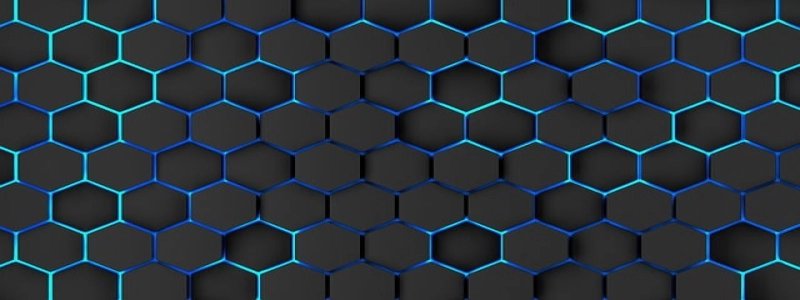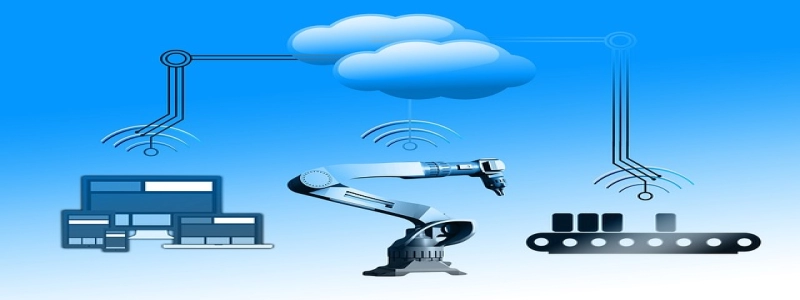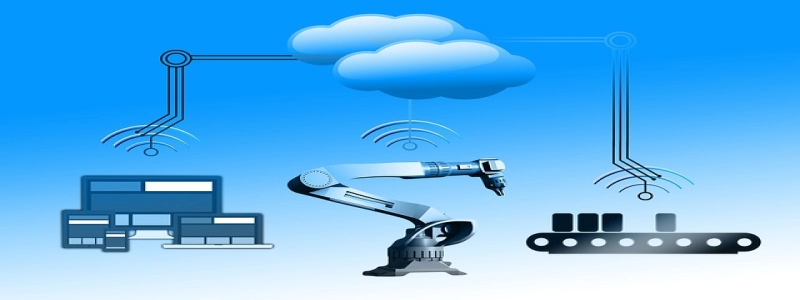Single Mode Fiber
EU. Introdução
A. Definition of Single Mode Fiber
B. Importance of Single Mode Fiber in telecommunications
II. Structure of Single Mode Fiber
A. Core Diameter
B. Cladding Diameter
C. Mode Field Diameter
III. Working Principle
A. Total Internal Reflection
B. Propagation of Light Waves
C. Dispersion
4. Advantages of Single Mode Fiber
A. Higher Bandwidth
B. Longer Transmission Distances
C. Lower Transmission Losses
V. Applications of Single Mode Fiber
A. Long-Haul Telecommunications Networks
B. Fiber to the Home (FTTH) Connections
C. Data Centers
VI. Challenges and Future Developments in Single Mode Fiber
A. Chromatic Dispersion
B. Polarization Mode Dispersion
C. Coherent Detection Techniques
VII. Conclusão
A. Recap of Single Mode Fiber’s importance in telecommunications
B. Potential advancements and improvements in the future.







